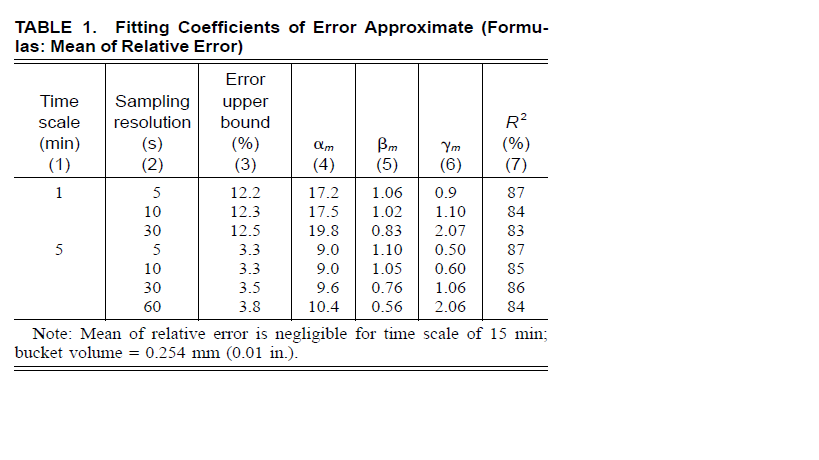My question is simple - how accurate is a tipping-bucket rain gauge?
I have read about what causes the errors (wind, bucket mechanics for extreme events, ...) and I know the accuracy is strictly related to the rain rate, in the sense that, e.g., TB gauges tend to highly underestimate in extreme conditions.
However, I'd like to have a number, say, errors around +-25%. I know the number itself won't be accurate, it's just to have the order of magnitude. References appreciated, since I myself looked around with no success :-)


